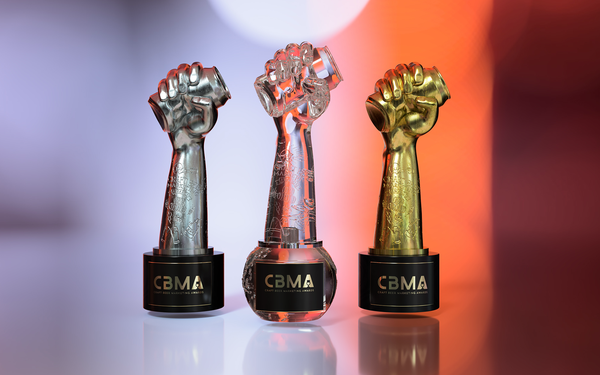Commentary
How Do You Market A Craft Beer?
- by Erik Oster , January 19, 2024

Competition for the coveted “Crushie” can be fierce.
Entering its fifth year, with submissions open through February 5, the Craft Beer Marketing Awards gives out the prize honoring craft beer brands’ marketing excellence across a host of categories
Marketing veterans Jackie DiBella-Curry and Jim McCune came up with the idea for the CBMAs back in 2019 out of a desire to honor what they considered to be underappreciated work, as they realized there were no marketing awards dedicated to the category.
“The whole reason we built the [awards] was to celebrate people doing this great work that up until then you didn’t really think about,” McCune told CPG Insider.
“There were so many awards for the liquid, but none for the people who sell the liquid,” DiBella-Curry added.
They navigated the early days of the pandemic to introduce the first CBMAs in 2020, with brands and agency partners alike invited to enter their work for submission. Since then, the awards have expanded to include 26 categories and a judging panel of over 700.
Everyone from small, local brands, to those owned by large multinational conglomerates can enter, so long as they fall roughly within the Brewers Association's guidelines for craft beer. That can result in some surprising upsets, with winners coming from unlikely sources. While it initially had regional categories, each award is now global, so those surprise winners can come from anywhere.
That first year, Buoy Brewing -- a brewery located in Astoria, Oregon, a coastal town with a population around 10,000 -- beat out competitors including then-AB InBev-owned 10 Barrel Brewing to win an award for Best Tap Handle.
This year sees the CBMAs expanding into new categories including non-alcoholic beer, and even moving beyond beer with awards for cider, hard seltzer and mead. It also marks the second year in which the awards will help raise funds for the Michael James Jackson Foundation, an organization devoted to “funding technical education and career advancement for black, indigenous, and people of color in the brewing and distilling industries.”
Craft beer marketing has come a long way since McCune drafted the logo for Blue Point Brewing on a napkin in 1996, he said. Back then, “marketing” as a concept in craft brewing was frowned upon, if thought of at all. As the number of breweries across the country has grown, it’s become more important than ever.
“One thing that hasn't changed is point-of-sale is still the most important,” he stressed. “That can is out there surrounded by 1,000 other beers and that has to fish for your eye.”
But a lot has changed over the course of the past decade or so, he explained, citing the rise of digital marketing, social media, outbound marketing, and PR. “It used to be four to five things in the tool box. Now it’s a complex set of innovative tools.”
“Increase in a digital presence has become so important,” DiBella-Curry added. “A few years ago, everyone was dabbling in social, now everyone’s investing in it. Improvements in tap rooms have been huge, because there are so many options for [where people can] go.”
Another thing that’s changed? An appreciation for the importance of marketing in craft beer.
“Marketing used to be nice to have, now marketing is a must-have,” McCune explained “Now there’s fierce competition. It's funny how marketing was sort of this bad word back in the day; now i think people fully understand how important marketing and design is.”
The “Crushies” themselves can act as effective marketing for brands, and this year they’ve added a map of where winning breweries are located.
“One thing that stands out for Crushie winners is, they get to go on a year-long PR tour,” DiBella-Curry said. “You get to enjoy this incredible glow of PR and outbound marketing.”


